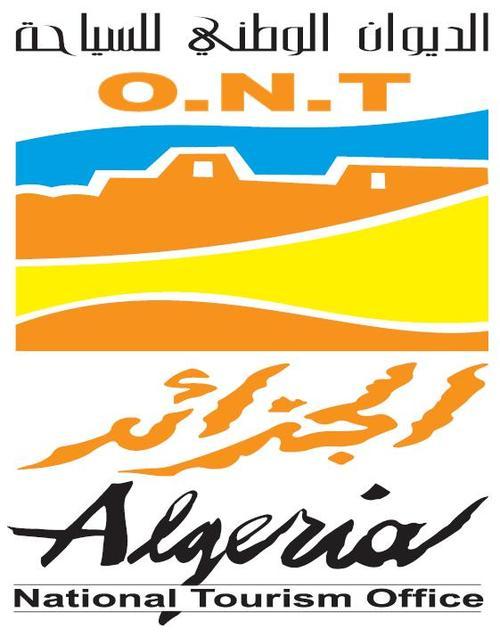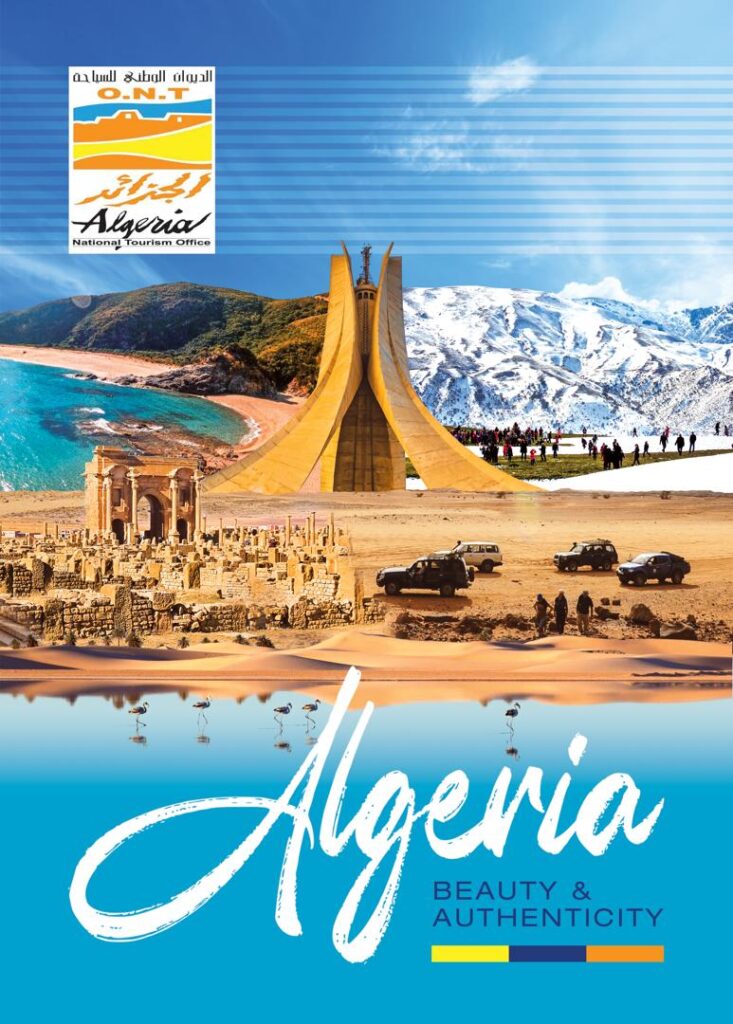Crossroads of civilizations, the Saoura region is located on a long strip along the Moroccan border and bounded on the east by the Western Erg (mountain range in northwestern Algeria). Wadi Saoura, one of the most important in the country, is fed by rivers of the Saharan Atlas and the Moroccan High Atlas. Palm groves and ksour succeed each other along the wadi beds.
UNESCO on “Ksour Roads”
Once very prosperous and abandoned, these fortified villages of Berber architecture, red or ocher earth, built mostly on foothills near oases, reborn from their ashes. They constitute a thousand-year-old housing type, generally combining granaries and dwellings and are a major asset of the historical heritage of Algeria.
The UNESCO is also involved in their rehabilitation through a program called “the roads of ksours”, which promotes the maintenance of populations through the development of sustainable tourism. This is how many of these exceptional fortresses are transformed into guest houses.
The tourism professionals will be able to develop many travel themes: ethnic, archaeological (ksour, rock engravings, …), cultural (pilgrimage in the footsteps of Father of Foucauld), festival-goers (Ahallil S’bou, Moussem), artisanal etc. The visitor, meanwhile, will appreciate the timeless tranquility of these habitats.
Taghit:
A must-see site in the Saoura, 90 kilometers from Bechar, Taghit is one of the most beautiful oases in the Western Grand Erg, or even the Sahara. Its architectural heritage consists of traditional ocher houses and a ksar erected on a rocky spur and offering a magnificent view of the highest dune of the Sahara.
The discovery of many rock engravings (including that of Zousfana, located a few kilometers) and flint attests that the occupation of this site by man dates back to ancient times.
Taghit is also the city of Maoussem, this big annual festival celebrating the date harvest at the end of October. A party of music and colors, not to be missed.
Beni Abbès:
The origin of this oasis – built on a rocky hill on the left bank of the wadi Saoura – would come into the 11th century although remains of the Paleolithic and Neolithic were found there. Its palm grove, shaped like a scorpion whose tail is dominated by a large dune of red sand, is magnificent. The oasis hosts each year the festival “Nights of the Saoura” which showcases Mediterranean-African music.




